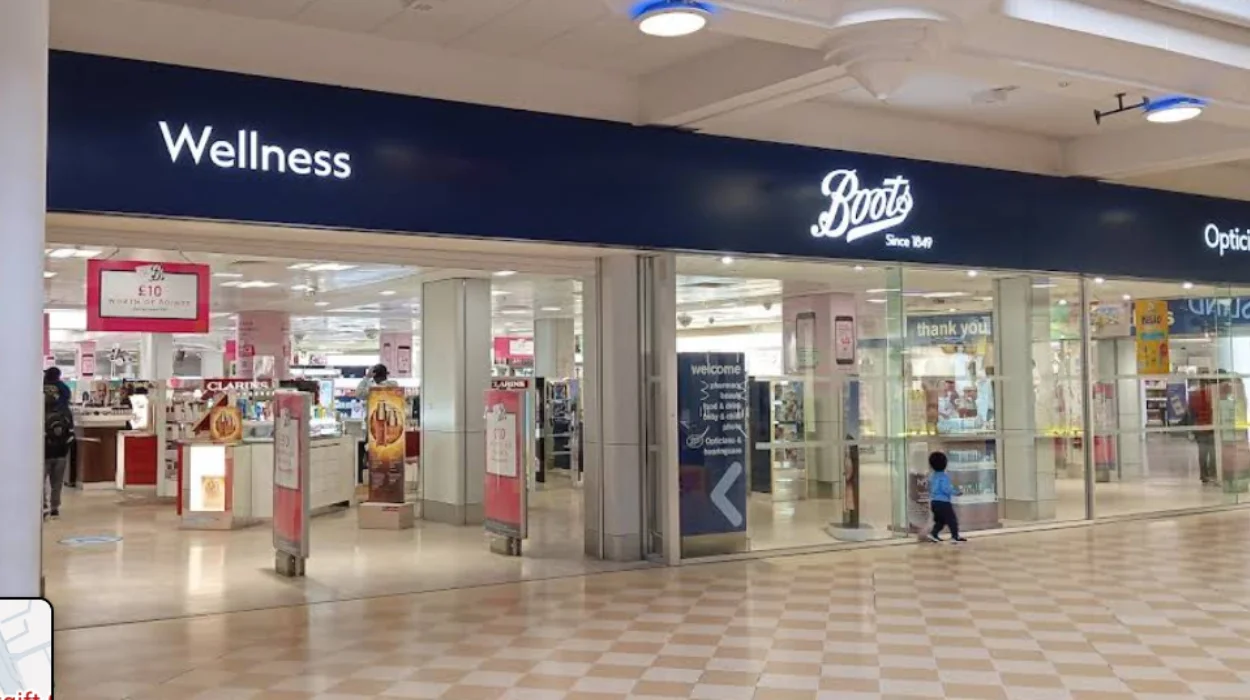Croydon (Parliament Politics Magazine) – The long-delayed Westfield development in Croydon requires millions in public funding, as stakeholders warn investment is essential to move the scheme forward.
The housing crisis, the closure of Old Palace School, the status of the long-promised “kiosks” in the Allders building, and the need for another bailout for Croydon before developers URW start the redevelopment scheme they first announced in 2012 are all topics covered in the most recent podcast interview with housing specialist Fiona Fletcher-Smith, who is currently the volunteer chair of the Whitgift Foundation’s governors.
It was inevitable that the £1.4 billion plan promised by developers Westfield would require public funding to proceed, according to the newly appointed chair of the Court of Governors at the Whitgift Foundation, the largest landowners in Croydon and the freeholders of the slowly dilapidated town center shopping mall.
The most recent interviewee for our audio series, Under The Flyover, is Fiona Fletcher-Smith. The Irishwoman is the chief executive of L&Q, one of the largest housing associations in the nation, and she volunteers to chair the Court of Governors at the under-fire Whitgift Foundation, which was established over 400 years ago but is currently facing global financial pressures in the twenty-first century.
She is therefore in a unique position to provide insights into Croydon’s current housing crisis and how the original plan for a large new shopping center to revitalize Croydon town centre has changed into a detailed “masterplan” that calls for about 3,000 apartments near the Whitgift Centre.
When the Westfield plans for Croydon town centre were first presented in 2012, Fletcher-Smith was an advisor to Boris Johnson, who was then mayor of London, at City Hall. She has thus been able to monitor its development—or lack thereof—from the start.
Fletcher-Smith was asked in her interview with Under The Flyover how a billion-pound commercial plan had somehow evolved into a public-private partnership and where the public funding would come from.
“The first thing I’d say, and I base this on lots of experience around things like the Vauxhall Nine Elms development, Elephant and Castle redevelopment, and a lot of my time at City Hall, every major development is a partnership between the public and the private sector in some way or other. It has to be.
And I have to say that I’m so impressed with Croydon’s growth strategy. We saw Mayor Perry announce that a couple of weeks ago, and it’s really great stuff.
He’s personally leading and championing that, which is great to see, because that partnership really matters. And it’s a partnership in terms of the local authorities setting some very clear parameters around planning, but also there are some things within that.
So, if I’m asking that local authorities consider social and affordable housing as part of their planning policy, that [means] subsidised housing.”
After a career in the public housing sector, now with L&Q, Fletcher-Smith has a close grasp of what it costs to deliver new homes. “So for social rented housing, if we say it costs an average half a million [pounds] to build a social rent home, which is land, construction costs, everything else, the grant you get from the GLA or from Homes England, the government, the Greater London Authority, whoever you get the grant from, it will usually will cover about £100,000 to £150,000-worth of that.
“So there’s always public money going in some way.
If you look at Vauxhall Nine Elms, the extension to the Northern Line that made the Battersea Power Station redevelopment happen, was really, again, it was a public-private partnership with some of the uplift in taxation being paid locally in business rates being used to fund part of that work to build the Northern Line.
We see our role as an enabling partner has been a key part of what the Foundation does.”
The CEO of the Whitgift Foundation, Roisha Hughes, stated in our previous Under The Flyover podcast that a multi-million-pound bailout for the private scheme, with housing grants from the central government and the Mayor of London, is the only way that any development in the town center will move forward.
Why does the Croydon scheme need millions of public money now?
The project, which was once valued at up to £1.4 billion and was first announced in 2012, has been delayed for almost 14 years.
The Whitgift Centre and Croydon town centre are in a worse situation as a result of these setbacks, which are mostly caused by the effects of COVID-19, the ongoing loss of traditional retail, and global financial crises.
The plan will now move on as a public-private partnership, according to confirmation from the Whitgift Foundation, the largest landowner in Croydon.
This means that in order to make progress, the Mayor of London, the federal government, and organizations like houses England and Transport for London must make a substantial public investment. This is especially important for the construction of about 3,000 houses and the creation of a revitalized town centre.


